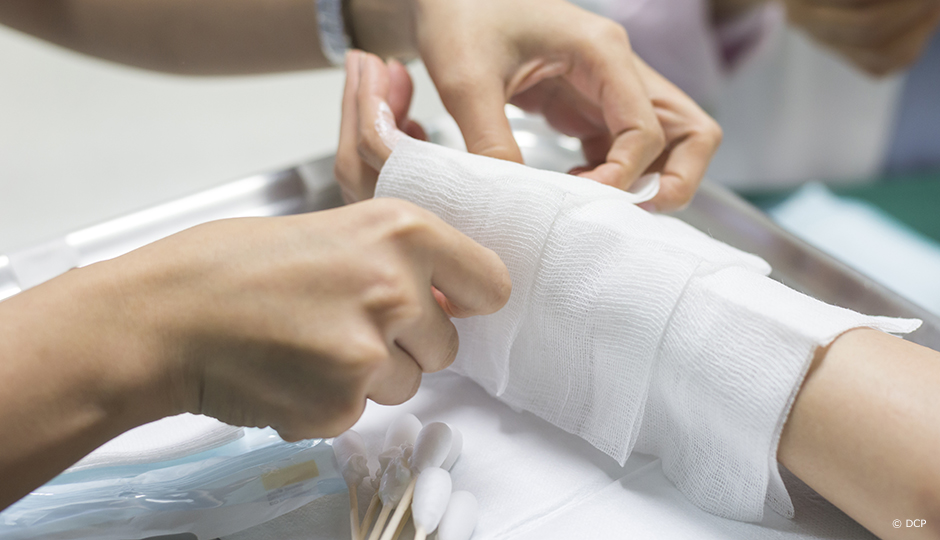The ability of physicians to replace defective organs, repair damaged tissue and grow skin in the laboratory is thanks in part to innovative tools such as polymer hydrogel. This viscous, biodegradable, non toxic substance can serve as scaffolding for regenerative tissue cells within the body or as a drug delivery system. It is currently used in experimental medicine to reconstruct damaged cartilage.
Like the foundation of a house, hydrogels must be able to "react" and adjust to the natural shape of the tissue and the temperature of the body.
However, the potential applications are limited, because current hydrogels do not show optimal swelling/contraction responses to changes in temperature. Professor Jung Kwon Oh, from the Department of Chemistry and Biochemistry at Concordia University, is therefore seeking to develop a new generation of thermoresponsive polymer hydrogels.
The researcher and his team are exploring various polymer chemistry methods, such as controlled radical polymerization and chemical degradation, to synthesize a nanomaterial matrix containing nanopores that rapidly changes volume in response to fluctuations in temperature. Like the foundation of a house, hydrogels must be able to "react" and adjust to the natural shape of the tissue and the temperature of the body, in order for the regenerative cells to remain viable and perform their reconstructive functions; otherwise, the scaffolding will collapse and the new tissue will not form.
Professor Oh is working with tissue engineering experts to test the physicochemical mechanisms and stability of the new gels, as well as their potential to better repair and heal the human body.




